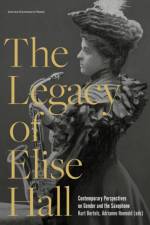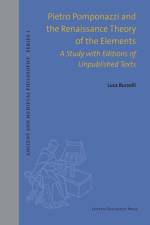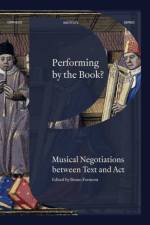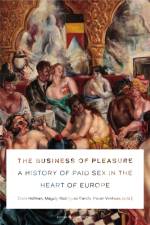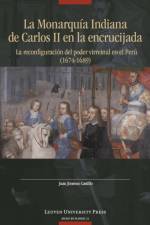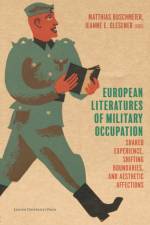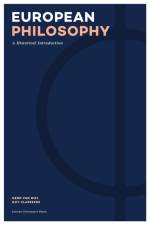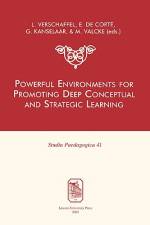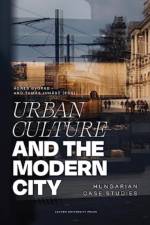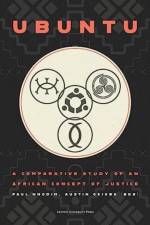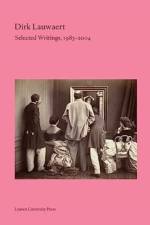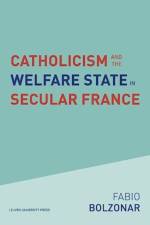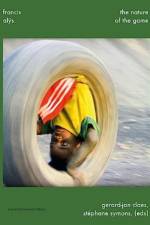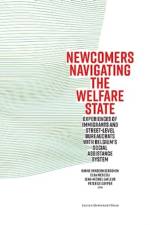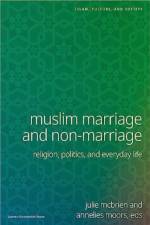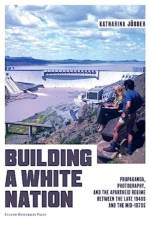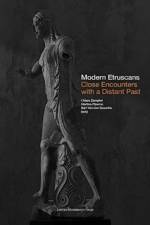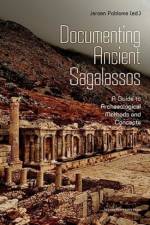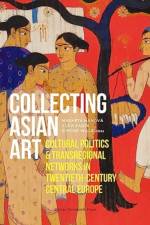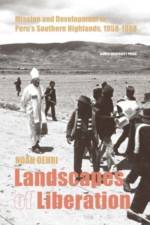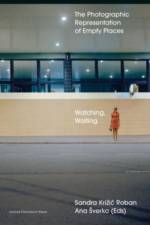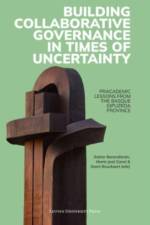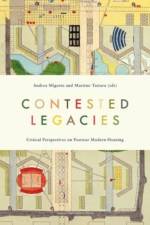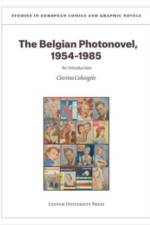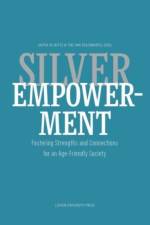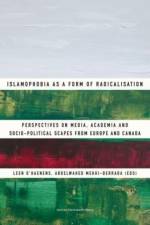815,-
Spatial borders as sites of meaningful adjacencies and exchange. Borders between countries, neighbourhoods, people, beliefs, and policies are proliferating and expanding despite what self-proclaimed progressive societies wish or choose to believe. For a wide variety of reasons, the early 21st century is caught struggling between breaking down barriers and raising them. Architecture is complicit in both. It is central to the perpetuation of borders, and key to their dismantling. Architectures of Resistance: Negotiating Borders Through Spatial Practices approaches borders as sites of meaningful encounter between others (other cultures, other nations, other perspectives), guided not by fear or hatred but by respect and tolerance. The contributors to this volume - including architects, urban planners, artists, human geographers, and political scientists - address spatial boundaries as places where social and political conditions are intensified and where new spatial practices of architectural resistance arise. Moving across contemporary, historical, and speculative conditions of borders, Architectures of Resistance discusses new and innovative forms of architectural, artistic, and political practice that facilitate constructive human interaction. Contributors: Nishat Awan (UCL Urban Laboratory), Teddy Cruz (University of California San Diego), Sofia Dona (independent artist), Ursula Emery McClure (Kansas State University), Fonna Forman (University of California San Diego), Marisa Gomez (University of Texas at Arlington), Mohamad Hafeda (Leeds Beckett University), Paul Holmquist (Louisiana State University), Panos Leventis (Drury University), Eugene McCann (Simon Fraser University), Aya Musmar (University of Petra), Kristopher Palagi (Louisiana State University), Marc Schoonderbeek (TU Delft), Nicholas Serrano (University of Florida), Angeliki Sioli (TU Delft), Aleksandar Stanicic (TU Delft). Ebook available in Open Access. This publication is GPRC-labeled (Guaranteed Peer-Reviewed Content).

